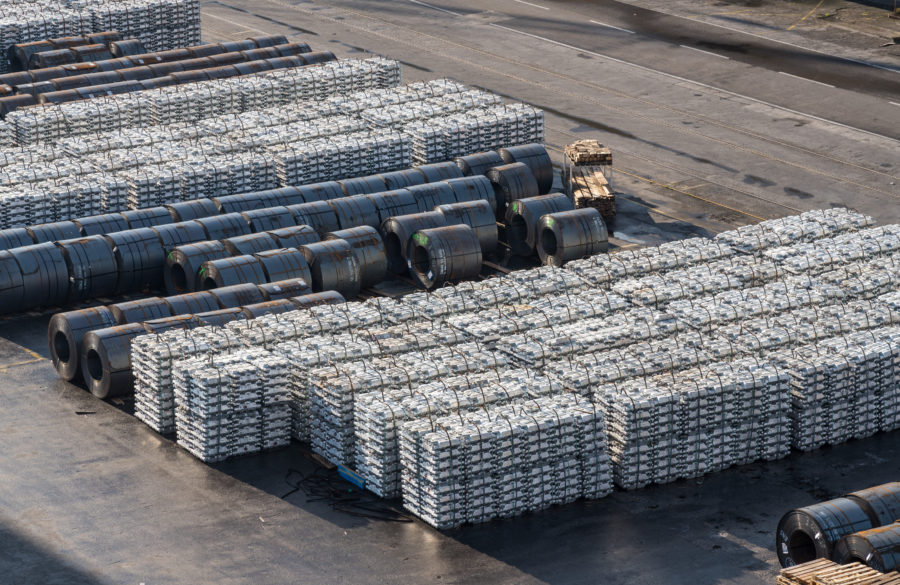South Africa’s climate pact to channel money to coal belt

South Africa’s investment plan for the $8.8 billion pledged in climate finance by some of the world’s richest nations will see part of the money spent in Mpumalanga, the country’s coal-mining and power plant hub.
The Just Energy Transition Investment Plan was approved by the government this week after months of delays, partly caused by the objections of labor unions who fear the switch away from coal will cost tens of thousands of jobs at the operations as well as the enterprises that provide transport and other services to them.
The inclusion of development projects in Mpumalanga is an attempt to cushion that region from the economic impact of facilities closing down. Almost all of South Africa’s electricity — more than 80% of which comes from coal — is generated in the province.
There is “a special category for transition in the Mpumalanga province, which we know is is currently heavily dependent on coal,” Barbara Creecy, South Africa’s environment minister said in an interview with Bloomberg Television. “What is interesting about this plan is the way in which we’ve tried to enshrine the principles of justice in the plan.”
The Just Energy Transition Partnership, agreed in November 2021 at the COP26 climate summit in Glasgow, has been dogged by delays and political infighting in South Africa. Some politicians and union leaders argue that the country is being used by western nations to curb climate-warming emissions for which they are historically responsible.
South Africa today is the world’s 14th-biggest producer of greenhouse gases. But its contribution to the stock of carbon dioxide in the atmosphere — which lasts for hundreds of years — is a fraction of that of developed nations such as Germany, the UK and US.
The partnership was initially struck between South Africa, the US, UK, Germany, France and the European Union, with Denmark and the Netherlands joining this year. It’s meant to serve as a prototype for deals also being negotiated with Indonesia, Vietnam and Senegal. South Africa needs to have the investment plan in place to get the money and it will be presented at the COP28 summit in Dubai, which starts Nov. 30, Creecy said.
Finance will also be directed toward renewable energy plants and power transmission lines, green hydrogen, “new energy” vehicles, skills development and bolstering municipal finances to help them cope with the energy transition, she said. South Africa is seeking to build both electric vehicles and exploring the use of fuel cells for transport.
The country needs at least 1 trillion rand ($53 billion) by 2030 to implement its green transition plans, Creecy said in a separate interview with Radio 702 on Friday.
The project pipeline will be implemented “in a manner that doesn’t add to our indebtedness,” she said. Sufficient grant financing must also be secured to ensure that mechanisms are put in place “to prevent workers and communities in the coal value chain from being the victims of the transition,” she added.
(By Jennifer Zabasajja and Antony Sguazzin)
More News
China’s mining investment under Belt and Road Initiative sets new record – report
China's overseas mining investment under its Belt and Road Initiative hit another peak last year at $21.4 billion.
March 29, 2025 | 10:26 pm
Column: Europe’s future metals strategy hindered by current crisis
Chinese over-capacity and high energy prices have accelerated the long-term decline of European steel and aluminum production.
March 29, 2025 | 02:25 pm
{{ commodity.name }}
{{ post.title }}
{{ post.excerpt }}
{{ post.date }}



Comments